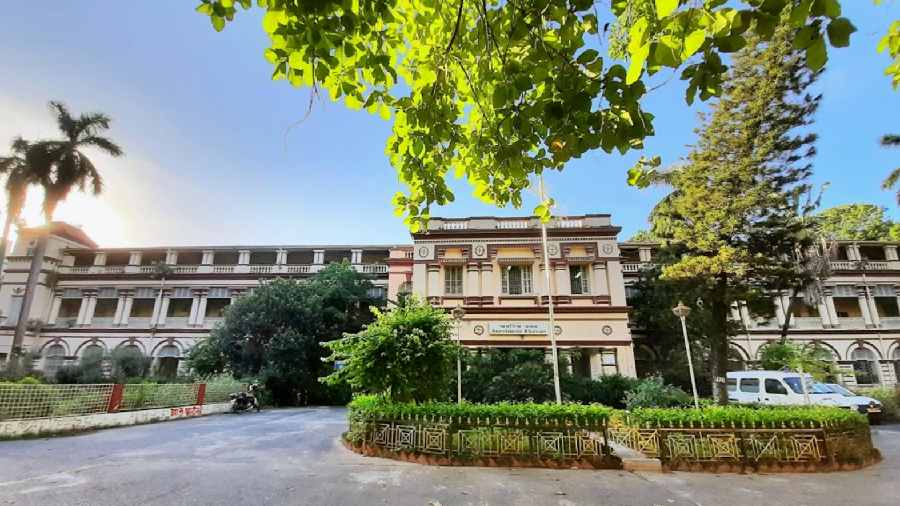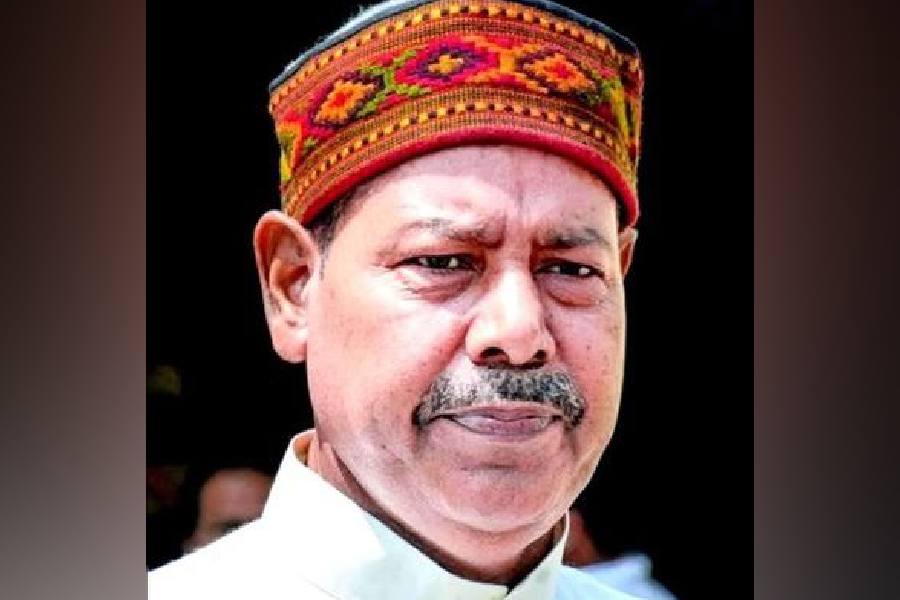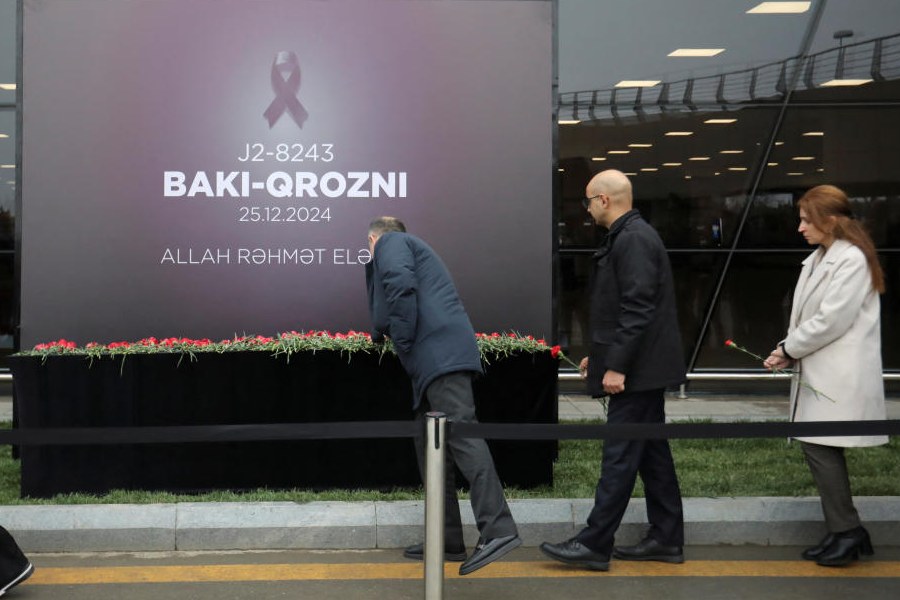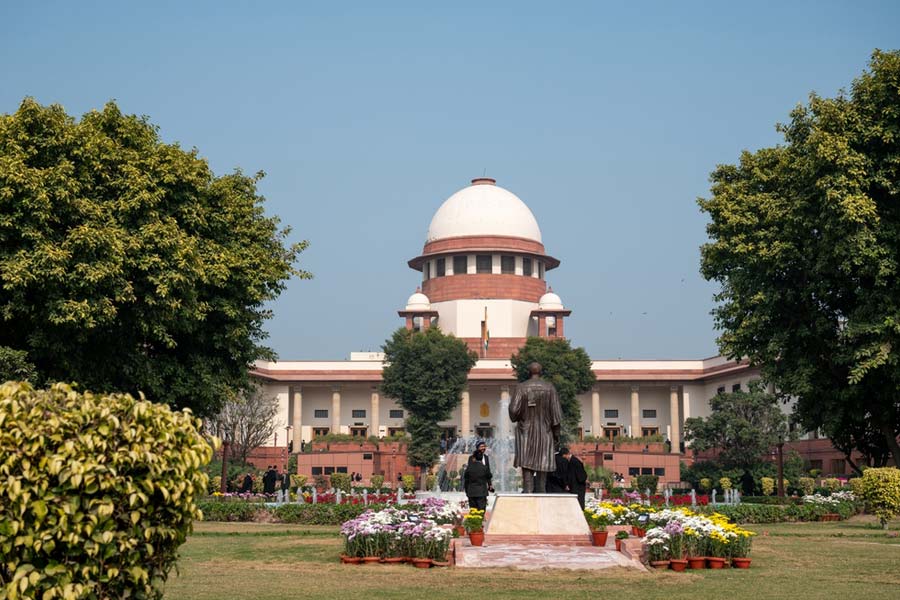Last December, Harvard University announced the appointment of Claudine Gay as its 30th president, to assume the position in the summer of 2023. It is a momentous appointment as Gay, an African-American woman, will be the very first black president to lead America’s oldest university. Gay comes to the job after prestigious academic stints in the country’s elite private education system, at Harvard and Stanford, where she also took her graduate and undergraduate degrees, respectively. What is equally striking is that Gay is the daughter of Haitian immigrants who came to the United States of America with very little, and in her words, “put themselves through college while raising our family”, with her mother training as a registered nurse and her father qualifying as a civil engineer. And “it was City College of New York that made it possible,” Gay says. If she built her impressive academic and administrative career in elite private universities, not far behind them, just a generation away, stands the founding college of the public and widely inclusive City University of New York, known throughout its history for giving lives and careers to poor immigrants, members of the working class, and other members of society for whom the nation’s elite private university system remains distant for an array of reasons.
While the trajectory of Gay’s family story is more recognisable, I have personally witnessed the opposite journey too. In 2013, when I was teaching in the English department at Stanford, my senior colleague, Jennifer Summit, left a full professorship in the department to join the public and inclusive San Francisco State University as Professor and Dean of Undergraduate Studies. The daughter of a pioneer of the online search engine and a former mayor of the wealthy Los Altos Hills in the San Francisco Bay Area, Summit left a life of elite scholarship to pursue her mission to champion public education in California at SFSU, where she now serves as the provost.
Society celebrates stories like Gay’s family more than the kind of service narrative exemplified by Summit, but for me, the former brought up the memory of the latter as a reminder of the strong symbiotic current that runs between the public and private university systems in the US, notwithstanding the wide gulf between them. The American university, the product of a great historical serendipity in the 19th century, was brought about by the unexpected coming together of three very different institutions: the British undergraduate college, the American land-grant college, and the German research university. The popular, the practical, and the elite — that is how the education historian, David Labaree, characterised the three forces, respectively, identifying the populist nature of undergraduate social life, the community-facing nature of the land-grant college, and the elite global appeal of the research university.
Notwithstanding the serious crisis that the US university faces today in the face of declining student enrolment and skyrocketing tuition cost, since the early 20th century, it has been the global leader in higher education. The powerful symbiosis and wide, sometimes hidden, networks of relationship between the private and the public system, indicative of America’s high social mobility — have contributed much to the overall excellence of a system that benefits as much from the achievements of its Nobel laureates as from the popularity of college football.
America’s system of elite private universities is unique. Higher education in most other countries in the world is defined by their public universities. Even Oxford and Cambridge, notwithstanding the vast property and real estate holdings of some of their colleges, are public universities. This is the system where most people learn and work. As I had, before joining Stanford — in public universities in India and the US, and the beginning of a teaching career in Canada, where all research universities are public. Teaching at McMaster University in Ontario, I negotiated federal and provincial bureaucracy and grant systems before experiencing the freedom and the wealth that private capital brings to the American university and the costs it extracts.
Even though I now teach at an ambitious private research and liberal arts university in India, I cannot help but see the privatisation of higher education in this country as unsettling — at once bizarre and instrumental, creating very little of the philanthropic culture of academic excellence and none of the public-private synergy that exists in the US where they bolster each other in spite of their differences. The vast public university system in India, much of which made the historical transition from a British colonial to a postcolonial socialist system, is now on the verge of destruction in the hands of unsympathetic governments at the Centre and in various states alike, including West Bengal. Classes are run by a hapless army of ad hoc teachers without benefits, State funding is drying up everywhere, including my alma mater, Jadavpur, while minority institutions such as Jamia Millia face disproportionate funding cuts by a hostile Central government. But with a booming youth population and an expanding middle class, higher education is big business that profiteers are keen to exploit, creating a host of private universities of dubious quality and distressing working conditions for its faculty and staff.
A few months before the onset of the Coronavirus pandemic, I spent a day speaking at the Bhagat Phool Singh Mahila Vishwavidyalaya, in Gannaur in Haryana’s Sonipat district. Many of the journeys scripted there, including those from Hisar to Sonipat, some of them via PhDs from Chandigarh and Kurukshetra, felt wider than continents — as did the trajectories of the students from remote corners of rural Haryana. But another trek also felt endless — that to nearby Ashoka University where I teach, an institution of genuine philanthropy in pursuit of global academic excellence that nevertheless cannot dream of doing a fraction of the kind of mass education BPS Mahila Vishwavidyala does with far scantier resources.
The sad truth is that to almost anyone in the middle-class and above, the public system of secondary education is already lost. This system is only left for those who cannot afford to send their children to private schools.
Please, as a nation, let’s not lose our public universities as well.











